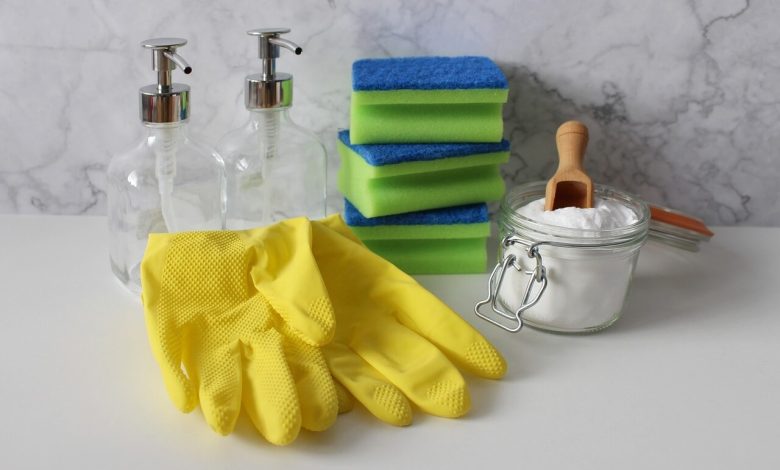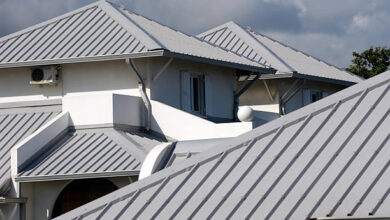DIY Sewage Cleaning: How to Clean Your Sewage System Safely

Dealing with sewage issues can be daunting, but with the right knowledge and precautions, you can safely clean your sewage system. Sewage backups or spills can occur for various reasons, such as clogged pipes, tree root infiltration, or heavy rain. When faced with such a situation, it’s important to prioritize safety and take the necessary steps to clean your sewage system effectively. In this guide, we will provide user-friendly tips on how to clean your sewage system safely.
Wear Protective Gear
When dealing with sewage, wearing appropriate protective gear is crucial. Sewage water contains harmful bacteria, viruses, and other contaminants that can pose health risks. Wear gloves, goggles, masks, and waterproof boots to protect yourself from direct contact with sewage water and airborne particles. It’s also important to have a first-aid kit and a backup plan in case of an emergency.
Turn Off the Power
Before starting any cleaning process, ensure that the power to your sewage system is turned off. This will prevent any electrical hazards while you are working on cleaning the system. If you are unsure about how to turn off the power, consult a professional or contact your local utility company for assistance.
Remove Debris
If there is any visible debris, such as leaves, roots, or other solid materials, in your sewage system, use a rake, shovel, or your hands (with proper protection) to remove them. Debris can contribute to clogs and backups in your system, so removing them is an essential first step in the cleaning process.
Use a Sewer Snake or Jetting Equipment
A sewer snake or jetting equipment can be effective in clearing clogs and blockages in your sewage system. A sewer snake is a long flexible cable that can be inserted into the pipes to break up and remove clogs, while jetting equipment uses high-pressure water to flush out debris and clear the pipes. Follow the manufacturer’s instructions and use these tools with caution to avoid damaging the pipes.
Flush with Water
After using a sewer snake or jetting equipment, flush your sewage system with a large amount of water to ensure that the pipes are cleared of debris and flowing smoothly. Use a hose or other water source to flush water through the system, starting from the highest point and working your way down. This will help to clean the pipes and remove any remaining debris thoroughly.
Clean and Disinfect
Once the clogs are cleared, it’s important to clean and disinfect the affected areas to remove any remaining contaminants. Use a mild detergent and water to clean surfaces, and follow up with a disinfectant specifically formulated for sewage cleaning. Be sure to clean all areas that come into contact with sewage, including floors, walls, and other surfaces.
Dry Thoroughly
Proper drying is crucial to prevent mold growth and further damage. Use fans, dehumidifiers, and open windows to facilitate drying. Make sure to thoroughly dry all affected areas, including hidden areas such as walls and subflooring, to ensure that there is no moisture remaining.
Dispose of Waste Properly
Dispose of any waste, debris, or contaminated materials properly according to local regulations. Place all waste in sealed plastic bags and dispose of them in designated areas or contact your local waste disposal authorities for guidance. Proper disposal of waste is essential to prevent the spread of contaminants and protect the environment.
Take Preventive Measures
To prevent future sewage issues, take preventive measures. Avoid flushing items down the toilet or drains that can cause clogs, such as grease, wipes, and sanitary products. Consider installing a backwater valve to prevent sewage backups during heavy rains or floods.
Apart from this, if you want to know more about Must-Know Tips After Sewage Cleaning, visit our Home Improvement category.



